#Republic of Sakha
Text

Flag of the Republic of Sakha (Yakutia)
6 notes
·
View notes
Text
VERY IMPORTANT VIDEO
#indigenous#culture#indigenous russia#indigenous russian#important#russia#fypシ#fypage#colonization#landback#indigenous art#indigenous rights#indigenous people#siberian indigenous#indigenous siberian#siberian#yakutia#sakha republic#sakha#russian imperialism#russian colonization#ruzzia
179 notes
·
View notes
Text
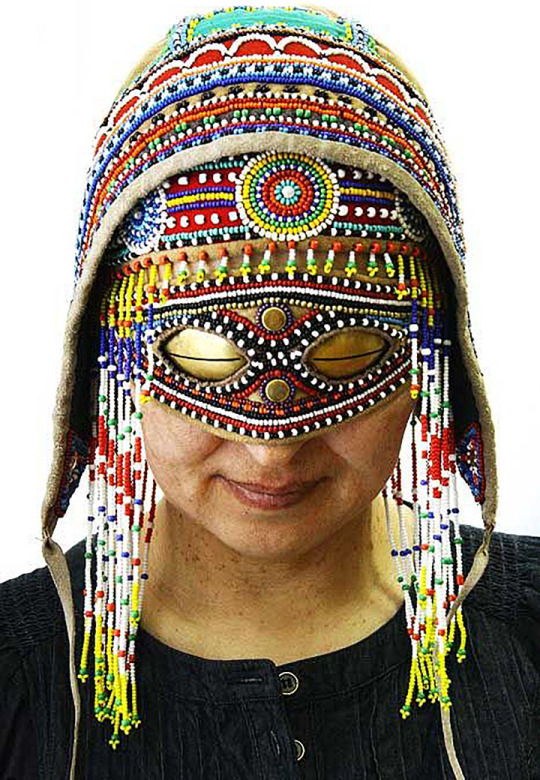



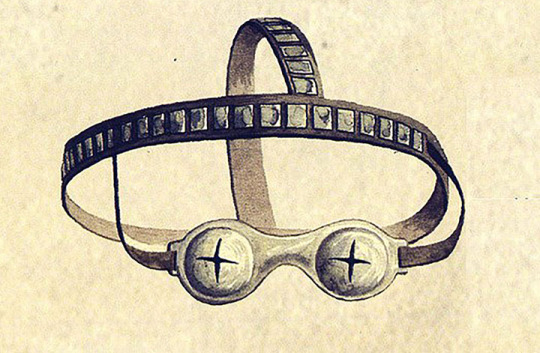
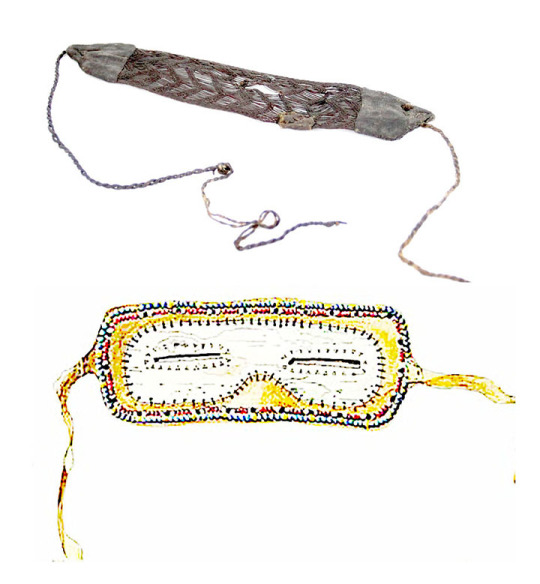


Siberian snow goggles from the Khanty, Nganasan, & Sakha
Toying with an idea here. The concept of the one-eyed Arimaspians has me curious if this was a nickname for people from the north who lived in places where snow goggles may have given the appearance of having a single eye. Given a far enough physical distance and passing through the gossip of enough different languages, by the time this info made it to the Greeks what began as a nickname may have sounded like these people were literal cyclopes. Just a thought. I assume people back then used eye protection from the snow, in some manner, just like people do today. Some of the snow goggles (both modern and historical) do give the appearance of a single giant eye, while others have two eye spots. I wasn't able to find much on this as far as historical info goes, and unfortunately I couldn't find images of the ancient grave finds the article talked about. The oldest of the discovered snow goggles being 2,000 years old from northeast Asia. I'm not sure if the initial black and white sketch is of the ancient goggles or not, the post didn't explicitly say. Below is whatever info I could find on historical snow glasses in Eurasia:
"In ancient times, like today, these goggles were made by skilled masters to combine effectiveness in blotting out the blinding light in some cases looking amazing.
Different ethnic groups across polar regions evolved their own distinctive style in snow goggles.
The most ancient known eyewear belong to the Old Bering Sea culture, the sites of which are located on the both sides of Bering Strait.
The oldest date for the culture - around 400 years BC - was obtained on Russian side, at Ekven graveyard, in Chukotka.
The peak of the culture is considered to be in second and third centuries AD.
At Ekven and also Uelen graveyards snow goggles made of bone were found, dating from the first to the fifth centuries AD.
Some were decorated with carvings, some not, and examples are shown here in these drawings.
Later the snow goggle tradition by Eskimos, for example the Inuits and Yupik, and the Chukchi people.
While there was an obvious practical use for the goggles, a variant of these ‘spectacles’ xxxx is believed to have been used by traditional shamans; for example a pair of goggles without holes of slips was found at Ekve
The Event and Dolgans people turned to metal in making the eyewear with copper or tin or silver goggles inserted into a half-mask made of reindeer skin or other pelt, or, later, cloth obtained from Russian incomers. Decorations with beads was also a feature.
The same type of goggles was also used by other Arctic people such as the Nganasan or Khanty. The British Museum even has some examples.
The tradition continues to this day and is thriving in Yakutia - also known as Sakha Republic, the largest region in the Russian Federation.
Going back in time, the Yakut people used a wide range of materials to make goggles - metal, birch bark, wood, bone, skin, and horsehair.
The goggles created from horsehair comprised strips of intricate net. A surviving 19th century example comes not from Yakutia but Tuva, the mountainous region in southern Siberia, now in a collection in the Irkutsk Museum of Local History.
Most of the metal goggles in Yakut collections are dated from between the 18th and early 20th centuries.
Again, some definitely had ritualistic uses: they were deployed by shamans, and not in everyday day life for use in snow.
Many Yakuts recall that their grandfathers had very simple goggles made of birch bark.
Local historian Prokopy Nagovitsyn said: 'The round shaped silver goggles began to make an appearance in 19th century, when there appeared many rich people.
‘The shape had a symbolic meaning - cross in the circle had been the symbol of the sun since neolithic times.
‘Yet the cross-shaped cuts are convenient not when you are in tundra, but when you, for example, climb steps.’
Most of the older goggles look rather simple - for example a metal strip with the small deepening for the nose and slots for sight. Others have two round metal discs with a slit to see through while blotting out most of the glare; these were fixed into a the mask of skin or fur."
-taken from SiberianTimes
#snow goggles#sunglasses#khanty#nganasan#sakha republic#antiquities#history#yakutia#siberia#arimaspian#british museum
1K notes
·
View notes
Photo
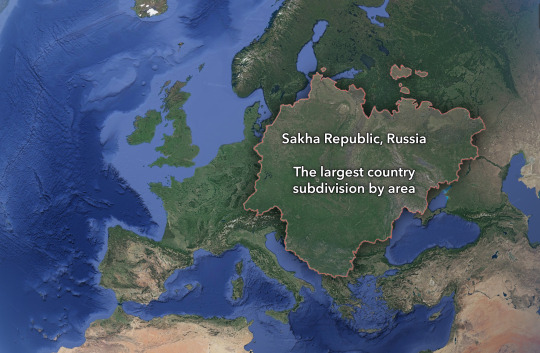
The Sakha Republic of Russia, the Largest Country Subdivision By Area, Compared To Europe
by u/Rockboy_1009
222 notes
·
View notes
Photo
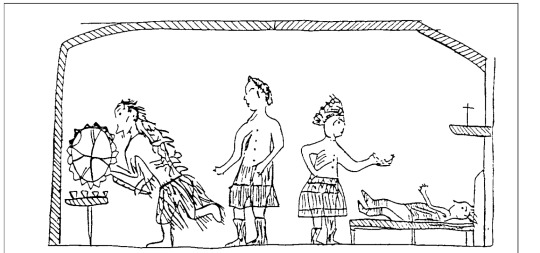


Shamans depicted on Yakut birch-bark tobacco containers (after Ivanov 1954).
“Rock art and the material culture of Siberian and Central Asian shamanism” by Ekaterina Devlet
#shamanism#shaman#anthropology#artefact#central asia#ritual#siberia#yakuts#sakha people#sakha republic#ekaterina devlet#my upl
55 notes
·
View notes
Text
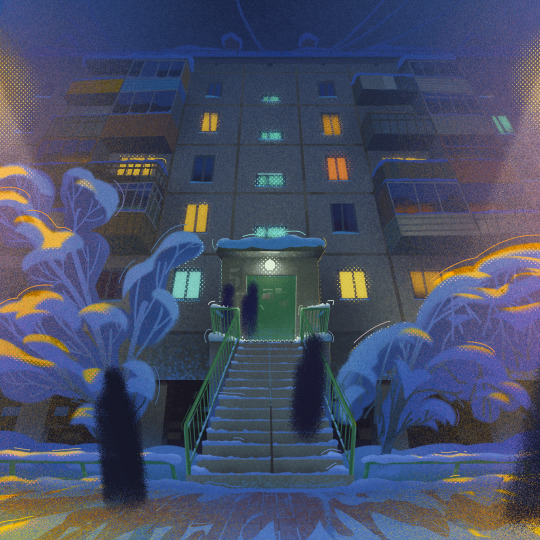
#digital art#artists on tumblr#photoshop#deviangread#2d#illustration#digitalart#art#panel house#winter#snow#landscapes#enviroment art#environment#yakutsk#yakutia#sakha republic#sakha#trees#entrance#padik#north#siberia#david zhdanov
15 notes
·
View notes
Text
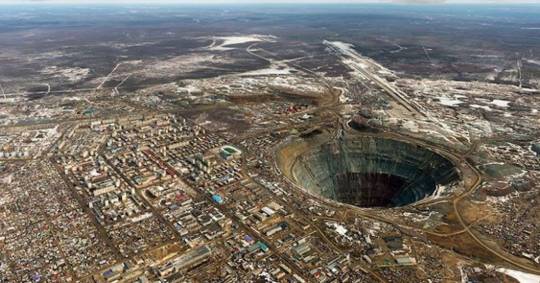
So…
This is the town of Mirny. In Russia. It’s in the Sakha autonomous republic.
As you can see it’s got a GIANT FUCKING HOLE in it.
Apparently it’s a diamond mine. One of the largest man made holes in the world.
As I said it’s a diamond mine so they gotta dig pretty deep to find that shit.
But this hole is FUCKING HUGE!
It looks like some kind of fucking abyss! The maw of hell itself!
God forbid they start digging or mining too deep. Who knows what unearthly horrors they’ll find in there!

Oh NOOOOOOOO!!!!!!
Anyway!
Here’s another pic of the city for perspective.
With the hole included of course.
Behold:

Orbital view.
Ghastly stuff.
And there’s buildings right next to the cursed thing!
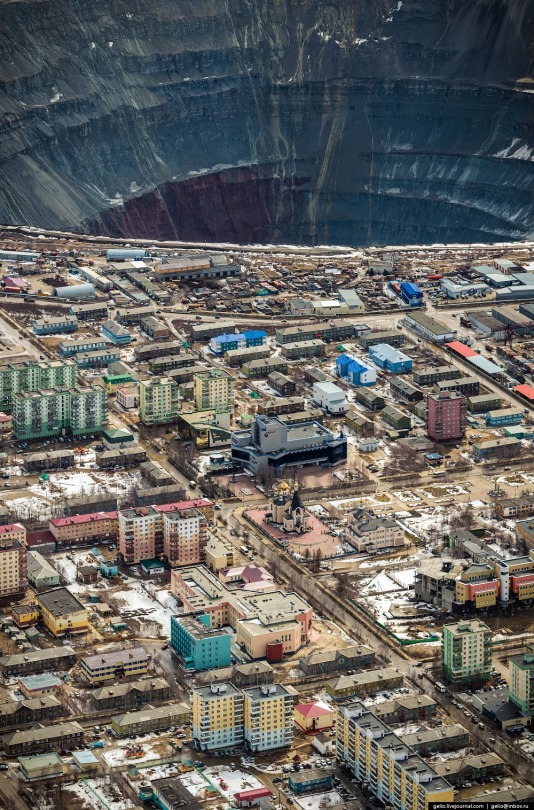
See! Fucking apartments, warehouses and shit.
Right next to The Hole.
The great fucking abyss!
I wouldn’t be surprised if one day we see some vast featureless black monolith emerging from it to herald the coming of the Starborne Ones!
(Whoever they are)
Just hypothetically.
It looks cursed!
Imagine living in an apartment next to that infernal thing! (The people there won’t have to)
You just wake up and the first thing you see is fucking VOID!
Fucking nightmare fuel!
#personal stuff#dougie rambles#Russia#Sakha Republic#Mirny#diamonds#tangentially#mining#mines#diamond mining#diamond mines#abyss#void#hole#needlessly ominous#oddly terrifying#nightmare fuel#look at this shit#wtf#balrog#Durin’s bane#shadow and flame#terrors#horrors#hell#what
7 notes
·
View notes
Text

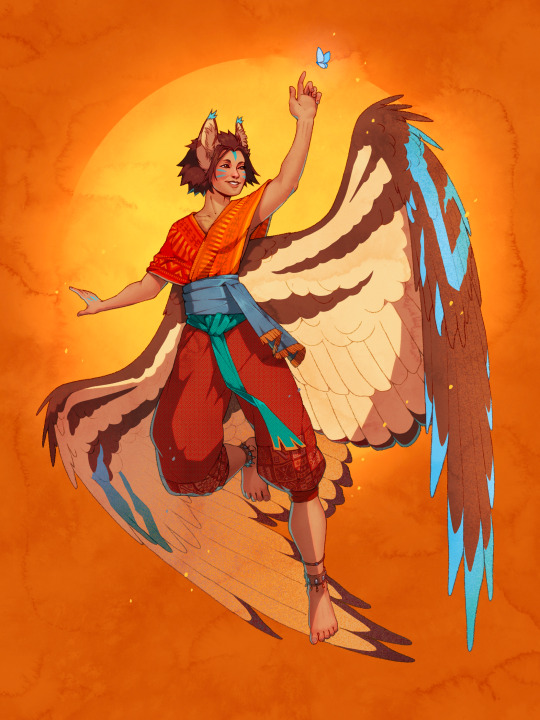





Traditional outfit commissions: batch #9
I have forgotten to upload these for... a bit :")
#my art#artists on tumblr#slavic#yakutia#sakha republic#peru#mongolia#fantasy#sfw furry#hydde draws#furry art#furrygirl#anthro art
13 notes
·
View notes
Text


11 Kommunisticheskaya Ulitsa
#mural#art#moose#horses#sakha republic#buildings#apartments#mountains#russia#ust'-nera#google street view
2 notes
·
View notes
Text
Traditionalism vs. Assimilation Among Indigenous Peoples of Siberia.

As is the case for many indigenous groups around the world, native peoples of Siberia struggle to fit into the modern global village while retaining their ethnic identity and cultural distinctiveness. Since the end of World War II, the indigenous peoples of Siberia have had a special legal status which allows for certain “affirmative action”-like quotas and benefits. However, the main aim of these policies was to integrate ethnic minorities into the all-Soviet people and to inculcate the “new Soviet man” mentality. Compulsory boarding schools, where children from different ethnic groups were brought together from the age of seven in a collectivist environment, often served as the hotbed of such Sovietization. The effect on native culture was disastrous. But, as James Forsyth in his A History of the Peoples of Siberia points out, “Russification began even before this, in kindergartens, where most nurses and teachers were Russian speakers. Even where some of them were natives, however, there were cases when children or the nurses themselves were reprimanded for using their native language” (here the parallels with Native North American languages are obvious). In the Soviet Union, it was believed that minority languages and cultures would die out under communism, and that “nationalism can only be bourgeois”. Since the fall of the Soviet Union, a number of new laws have been adopted whose goal is to preserve ethnic distinctiveness of indigenous peoples. But can the tables be turned?
#Adygea#Altai Republic#Bashkiria#Buryatia#Chechnya#Chuvashia#Dagestan#Ingueshtia#Kabardino-Balkaria#Kalmkia#Karachay-Cherkessia#Karelia#Khakassia#Komi Republic#Mari El#Mordovia#North Ossetia-Alania#Sakha Republic#Tatarstan#Tuva#Semi -autonomous regions#ethnic languages#Udmurtia#indigenous groups#russian language
5 notes
·
View notes
Text

Yakutia, Russia.
Source: Vladamir Ryabkov
3 notes
·
View notes
Photo

Moody Sakha Republic Police woman - alcohol and depression related illness remain the biggest killers after Kremlin related misadventure
5 notes
·
View notes
Text
A Sakha film to be released in the future. This is amazing. ❤️


#indigenous rights#indigenous#culture#indigenous russia#indigenous russian#important#fypシ#russia#fypage#colonization#landback#sakha republic#sakha#yakutia#indigenous people#indigenous art#indigenous culture#land back#siberian indigenous#indigenous siberian#siberian music#siberian#Siberia#important videos#important read#important post#fyppage#fypツ#fyp#tumblr fyp
78 notes
·
View notes
Text

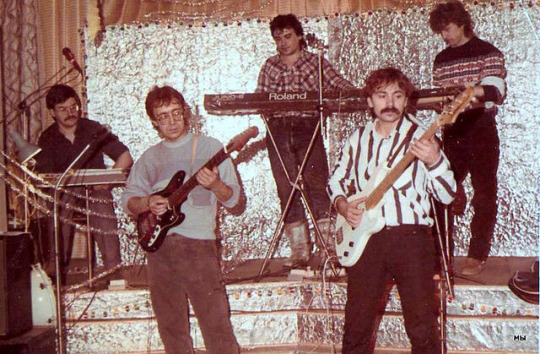

In honour and loving memory of all dearly departed TIKSI ensemble members. My dad Sergey Matveev, keyboardist and singer, is only one alive and well now. Group was found in 1979 in small Russian town Tiksi also called the Yakutia sea gates. TIKSI was performing and popular in Sakha Republic in 80s-90s.
#русский tumblr#россия#sakha republic#yakutia#yakutsk#Тикси#tiksi#80s aesthetic#90s aesthetic#80s nostalgia#90s style#rarity#russian music#русский блог#русский тамблер#турумбочка#music
5 notes
·
View notes
Photo

Figure 3. I Rock art anthropomorphs in rhe ‘X-ray style’. 1. Aya Bay, Lake Baikal (after Okladnikov 1974); 2. Mount Ukir (after Khoroshih, cited in Mikhailov 1987); 3. Bolshaja Kada (after Okladnikov and Martinov 1972);
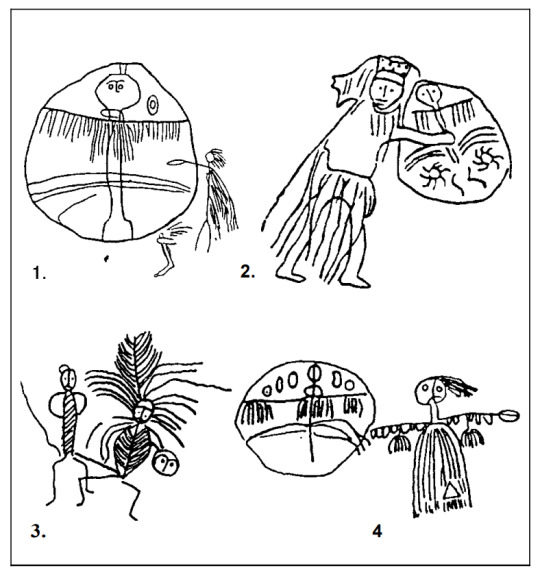
Figure 3.2 Rock art images of shamans from the Altai region. 1. Karakol (after Martinov 1985); 2. Altai (after Gurkin, cited in Ivanov 1954); 3 4 . Shalkoby (after Okladnikova 1989).
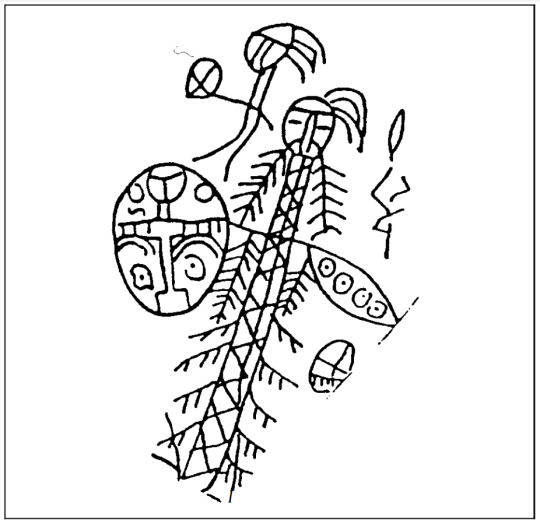
3.3 Fine line engraving of a shaman on a stone plaque from the Altai. (after Grichan 1987).
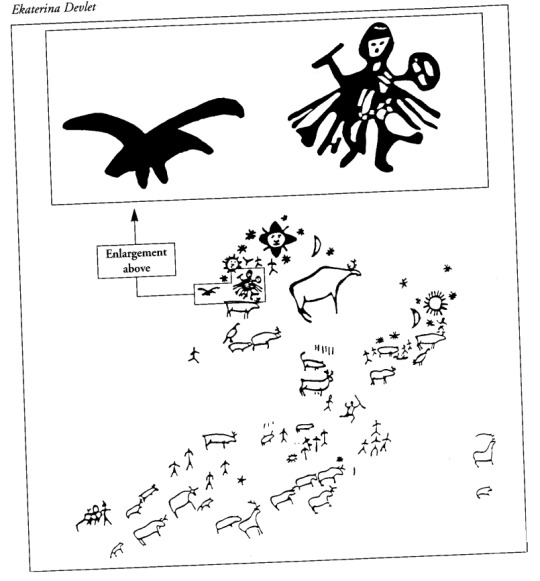
Figure 3.4 The Niukzha rock art panel, Olekma River basin: a shaman is flying among the celestial bodies (after Okladnikov and Mazin 1976).

Figure 3.5 Rock art images of shamans. 1. Oglakhty, Middle Yenisei River (after Miklashevich 1998); 2 Middle Yenisei River (after Kyzlasov and Leontiev 1980); 3. Mokhsogolokh- Khaja, Middle Lena River (after Okladnikov and Zaporozhskaja 1972).

Figure 3.6 Paintings on shamans’ drums (after Ivanov 1354).
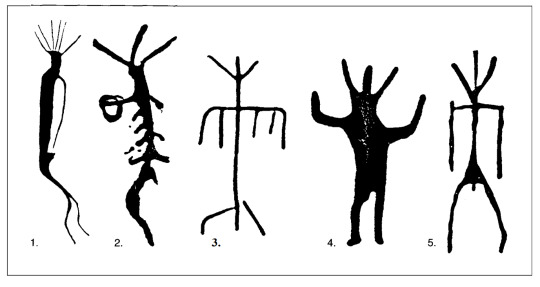
3.7 Rock art anthropomorphs in head-gear with rays. 1. Painting from Shishkino, Upper Lena River (after OMadnikov 1977); 2. Lake Maloye, Middle Yenisei River (after Sunchugashev 1990); 3. Chasovnya, Middle Lena River (after Okladnikov and Zaporozhskaja 1972); 4. Kozlovo, Upper Lena River (after Okladnikov 1977); 5. Suruktakh-Khaya, Yakutia (after Ivanov 1954).

Figure 3.10 Shamanizing in a yurt. Rock art panels from the historical period, Shalkoby, Altai (after Okladnikova 1989).
“Rock art and the material culture of Siberian and Central Asian shamanism” by
Ekaterina Devlet
#shamanism#archaeology#anthropology#petroglyphs#shaman#rock art#prehistory#central asia#siberia#altai#my upl#ekaterina devlet#yakutia#sakha republic
22 notes
·
View notes
Text
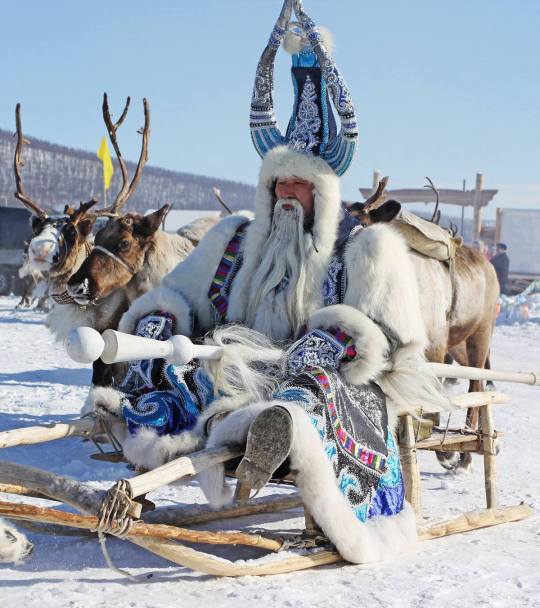
Chysh Khan' - Siberian Santa Chysh Khan''(Kış Han) - The King of the Winter / The Bull of Frost / The Cold Keeper of the Siberian Turkics, Sakha (Yakut) Republic, Northeast Siberia
2K notes
·
View notes